Instead of bombarding everyone with the same message, savvy brands employ targeted advertising.
Targeted advertising uses data like your interests, location, and website visits to pinpoint your needs and desires. They then craft personalized ads that feel less like generic blasts and more like friendly recommendations, aiming to deliver the perfect pitch at the perfect time.
Some Examples of Targeted Advertising
From sofas to sweethearts, targeted ads follow us. Imagine eyeing a dream couch online, only to see it resurface on Facebook later.
That’s retargeting, capitalizing on your fresh interest. Or picture ads blooming in your evening Instagram scroll, catching you relaxed and receptive.
Timing is key! And if romance is in the air, like on Valentine’s Day, expect restaurants to shower your feed with tempting offers, knowing couples crave a festive feast.
Targeted ads whisper “I know you” in a thousand digital ways, hoping to spark that irresistible click.
That’s an Invasion Of Privacy, No?
There’s a case to be made that online user tracking is an invasion of privacy.
After all, we’ve already seen multiple attempts to regulate online privacy laws (The Cookie Law, iOS privacy update, California OPPA, etc.). And that’s only the beginning.
READ MORE >> Third-party cookies are on their way out, but what happens after?
However, there’s still no way for users to completely hide their data.
Take Facebook, for example. Your account is already filled with information—interests, pages, workplace, location, age—all are data ready to harvest.
Most websites already utilize tracking tools that marketing platforms benefit from. The same happens whenever you leave your email address online.
In the end, it’s all information for a perfectly tailored ad placement.
But don’t panic yet. Future privacy regulations will do a better job of keeping your online avatar under an invisible cloak.
Digital privacy regulation has hit several milestones in the last decade or so. Social platforms and browsers are increasingly forced to give ground to privacy watchdogs.
Does that mean targeted advertising’s days are numbered? Not really.
You’re doing yourself a favor by leveraging targeting as much as possible while it lasts. But tech companies will always find a way to salvage some of the data. Even if it means “clustering” users instead of tracking them individually (see Google FLoC).
Benefits of Targeted Ads
Targeted ads have revolutionized advertising. Never before was it so easy to get your product or service in front of so many prospective customers.
In the past, you had to cast a wide net to capture as many interested people as possible. However, this practice wasn’t efficient for small and/or narrow-niche services.
Thanks to the internet (and particularly social media), now you can find interested parties in a matter of seconds.
And here are some of the reasons you can benefit from it.
Increased relevance and effectiveness of advertising messages
Targeted advertising helps you get products or services in front of your ideal audience.
Let’s say you’re selling a fitness supplement. You can use all available online user data to serve a targeted ad to only people interested in fitness and supplementation.
The internet already knows which users are interested in fitness, gym, sports activities. So it can extract their browsing patterns to see whether they’ve already shown intent to buy a similar product.
On top of that, you can place different ads to users on a different stage of their customer journey!
Better conversion rates and ROI
Targeted ads are way cheaper than traditional advertising.
You don’t have to overspend in the hope a handful of the right people will see your message. What you do instead is bring the ad directly to those who are already inclined to act on it.
Even minimal targeting, like the type available from Google Discovery campaigns, is vastly superior to advertising with no focus.
Also, you don’t compete with the industry heavyweights for a fraction of advertising space. Your competitors are usually small businesses in a similar industry with similar spending power.
Therefore, the cost of ad real estate is significantly lower.
Tip: Optimizing targeted ads and getting them in front of the right audience can further cut your advertising costs. 🎯
Quick Wins
In today’s online business, stagnation usually means decline. You can’t afford to stay behind as you’re allowing your peers to take advantage.
So despite SEO and content marketing bringing mouthwatering revenue in the long run, some businesses can’t afford the wait.
Investing in targeted ads, on the other hand, brings quick returns and accelerates customer acquisition.
That’s precisely why businesses rely on online ads ROI (or ROAS) to streamline their scaling process.
Improved customer experiences and conversion rates
Targeted advertisements usually have a higher conversion rate than any other ads.
And that makes sense if you think about it: when you place the right ads in front of the right customers, there’s a higher chance that they’ll buy.
Better remarketing value and opportunities
Better targeting of specific demographics and interests is only half the battle.
Remarketing, the crucial partner in the sales funnel, picks up where targeted ads leave off.
Even the most compelling offer may not lead to an immediate conversion. Perhaps someone glanced at your ad, explored your website, or even joined your email list, then got swept away by the digital tide.
That’s where targeted remarketing shines.
By reminding potential customers about your product or service with personalized ads across different platforms, you’re rekindling that initial spark and nudging them back toward conversion.
Think of it as filling your “remarketing bucket” with a highly qualified pool of customers who are just a click away from becoming loyal buyers.
Don’t let them slip away; harness the power of remarketing to turn interested prospects into happy customers.
Data-Driven
Targeted advertising can provide incredibly accurate data you can use to optimize the performance of your campaigns.
Advertisers leverage these testing opportunities to increase the quality of their ads and show them to the right people.
This, in return, lowers the costs of the ads and improves vital performance metrics.
Most advertising platforms (from Google to TikTok to Facebook) have ad management and analytics tools.
And you still wonder why everyone’s trying to find new innovative ways to track data?
Types of Targeted Advertising
Targeted advertising is getting more complex and segmented by the day.
Here are some popular types of targeted ads used in marketing campaigns:
Demographic Targeting
Demographic targeting emphasizes the personal traits of a potential customer—their age, gender, religion, social status, income, level of education, and more.
On top of being the most popular, they’re the easiest to get hold of, with users willingly providing them. How? Check your or your friends’ social media profiles.
You can reach customers based on their activities on Google by using Detailed Demographics. Depending on their activities, certain aspects of their lives may be revealed, such as parenting status, homeownership status, marital status, and educational status.
Behavioral Targeting
Behavioral targeting is one of the most common advertising types.
It means segmenting your audience depending on their browsing behavior. This includes browser history, activity on social media, ad engagement, and more.
Advertising platforms would cluster users with similar behavior and create new groups you can target—for instance, lookalike audiences on Facebook.
Contextual Targeting
Contextual targeting means displaying the message a message appropriate advertising context.
This means that you’ll see a kitchenware ad on a kitchen/recipe blog or a gaming equipment ad on your favorite gaming streamer’s profile.
Moreover, advertisers often make a contextual advertisement and tie it to a particular keyword. That ad will then appear on the website that’s related to that keyword.
Retargeting
Retargeting (or remarketing) means reusing available data to target potential customers with ads.
You can do it by utilizing the custom audiences option (e.g., on Facebook), including users from email lists, implementing third-party API, and more.
With retargeting, you’re banking on users already familiar with your brand and just need that extra step before conversion.
Geotargeting
Geotargeting (or location targeting) displays ads only for users based on a specific location. For example, it can be a part of the city, a region, a nation, or even a continent.
This also means you can exclude only specific locations from your advertising campaigns.
If you’re a local consulting agency or an eCommerce store shipping only in Australia, why would you waste money targeting people you cannot service?
Time Targeting
Running ads can sometimes be worthwhile only during a particular time of the day.
For that reason, some advertising platforms (especially on social media) allow marketers to pick a time when their ads will be active.
Local stores and service businesses that have fixed working hours and require in-person touchpoints could benefit from time targeting.
Device Targeting
Device targeting will target only people that are seeing the ad from a specific device.
Theoretically, if you advertise an iOS-only app, you don’t want people using Windows or Android to see that ad.
They aren’t your target audience, and you’ll just waste money.
Third-Party Targeting
Many third-party data providers gather customer data throughout the web and resell it to marketing companies.
Companies such as BlueKai or MediaMath rely on cookies to acquire as much data about their website visitors as possible.
For example, a person visits their favorite sports news website, then proceeds to check a blog on high-end cars, and makes a big purchase on an eCommerce website.
This creates a high-income luxurious sports car enthusiast profile for an automotive brand.
Keyword (Search Intent) Targeting
People mostly associate search intent with SEO optimization. However, the keywords that you input in your search engines are also data for targeted advertising.
Search engine ad platforms will consider these keywords when displaying ads in the future. Hence there’s so much “bidding” on keywords going on in pay-per-click advertising.
But more on that later.
How To Start Targeted Using Targeted Advertising
Want your ads to resonate with customers, not disappear into the digital void? Targeted advertising is your answer. It lets you connect with specific audiences online, boosting brand awareness and sales. Ready to unlock this marketing magic? Follow these 6 steps:
1. Define Your Goal: What do you want to achieve? More brand awareness? Increased website traffic? Clear goals guide your entire campaign.
2. Budget Matters: Be realistic about your spending. Research platform rates and track your return on investment to optimize your budget.
3. Know Your Audience: Who are you trying to reach? Understanding their demographics, online habits, and interests is crucial for crafting relevant ads.
4. Content is King: Create content that speaks to your audience’s desires. Consider mobile-friendliness, SEO, and a seamless user experience.
5. Launch & Learn: Set your campaign live and monitor its performance. Track key metrics like impressions, clicks, and conversions to see what’s working and what needs tweaking.
6. Analyze & Adapt: Data is your guide. Use results to refine your targeting, content, and budget allocation for future campaigns.
Bonus Tip: Remember, targeted advertising isn’t just about reaching the right people, it’s about offering them value. Show them why your product or service is the perfect solution to their needs.
By following these steps and focusing on delivering value, you can turn targeted advertising into a powerful tool for connecting with your ideal customers and growing your business. Now go forth and target with confidence!
Different Platforms For Targeted Ads
As you know, there’s no scarcity of advertising channels in digital marketing. You just have to know how to pick the most profitable ones.
Paid Social Targeted Advertising
Social media has some of the most sophisticated tools when it comes to targeting.
For instance, Facebook (the undisputed king of paid social advertising) offers various targeting options for its near-3 billion active user base.
You can easily target any of the above types while also creating custom targeting lists, focusing on website visitors or similar (lookalike) audiences.
Need help creating, optimizing, and managing Google ads?
Meticulous data tracking combined with detailed analytics provides a fruitful playground for digital advertisers.
Using this information properly can help you optimize your campaigns and increase conversions while lowering the price.
Other social media platforms like Instagram (a part of FB), Snapchat, TikTok, Pinterest, and others offer similar tracking and optimization capabilities.
PPC Advertising (Search Engine Ads)
Search engines like Google and Bing are advertising powerhouses. They provide numerous ways to get your product or service in front of your prospects.
Search ads (based on search intent) are focused on your search intent and usually show up first on the results page.
There are also display ads that will show up in various hotspots on the website and video ads (don’t forget that Google owns YouTube). And that’s just the tip of the iceberg.
Because of all these different targeting options, PPC is regarded as one of the most effective advertising types.
Content Discovery & Native Targeted Advertising
Discovery platforms such as Taboola provide ad placements on influencer publisher websites.
These platforms will usually promote your content alongside organic articles in the “recommended for you” section.
Native ads’ appearance doesn’t differ much from the other suggested posts on the page, hence the “native” name.
Like Google display ads, these ads will use tracking data to find their way to the right audience.
Time to Hit the Bullseye
Targeted advertising is the most efficient and quick way to start getting conversions and grow your brand.
However, don’t rush into it just because you think it’s a certified ROI.
Make sure you first research your market as much as possible and create your ideal customer avatar.
Only after you know who to target should you start running and optimizing your campaigns for best results.
If you’re unsure how to start your targeted campaigns, feel free to reach out. After a decade in paid advertising, we’ve reached Hawkeye’s level of precision. 🏹
Also, if you have any questions regarding your campaigns (things are still a bit messy post-iOS), feel free to ask us or leave a comment below. We respond to each one, you know.
Frequent Questions
Targeted advertising has both benefits and drawbacks. On the one hand, it can be incredibly effective at reaching the right people with the right message, leading to increased brand awareness, higher conversion rates, and a better return on investment (ROI) for advertisers.
On the other hand, for consumers, it can mean seeing the same ads or very similar ads too frequently. That reduces the effectiveness of ads and demands restraint to make sure you’re not overdoing it.
Targeted advertising relies on data tracking.
Platforms and software track online behavior & preferences. Targeted ads use this information to give you options of who to serve your ads to.
They use this data to match your e-commerce store’s ads with ideal customers who are more likely to buy, boosting relevance and ROI.
Imagine online trackers whispering to ad platforms about your every digital move. Based on these whispers (cookies, searches, clicks), platforms match you with specific ads.
So, after browsing hiking boots one day on Amazon, you’ll suddenly see them popping up on your newsfeed, tailored to your outdoor enthusiast profile. That’s targeted advertising in a nutshell!

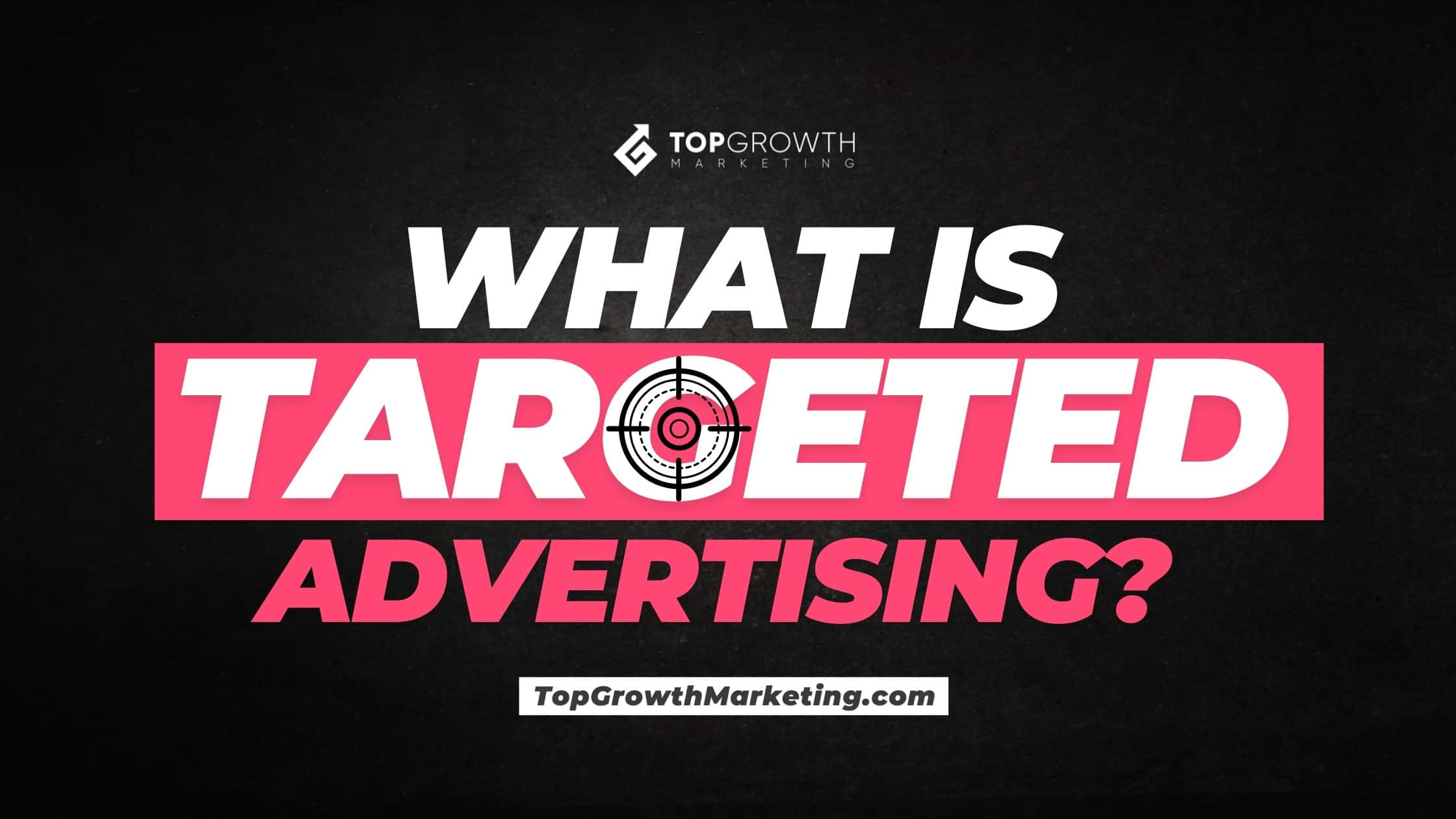
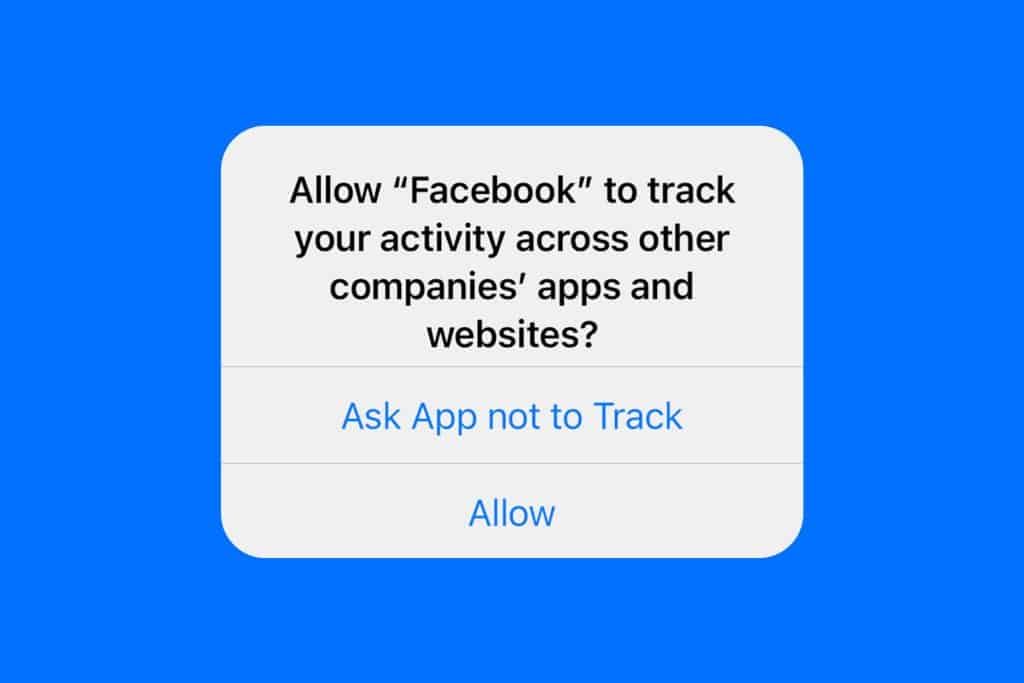
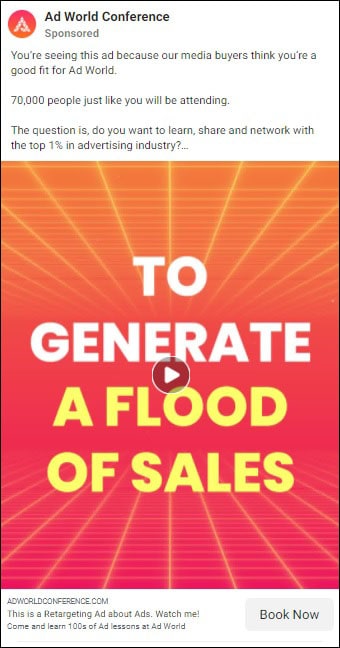

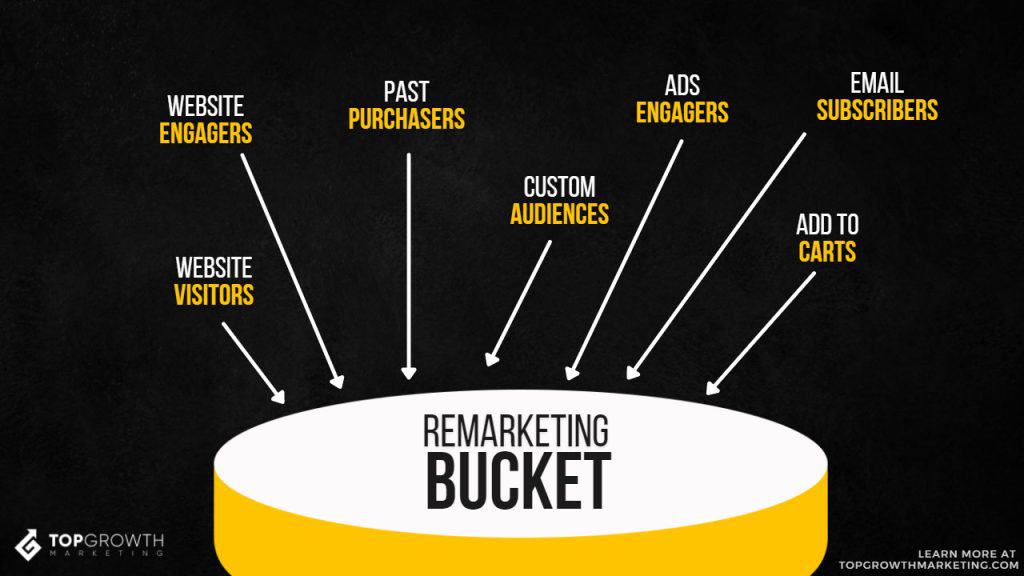
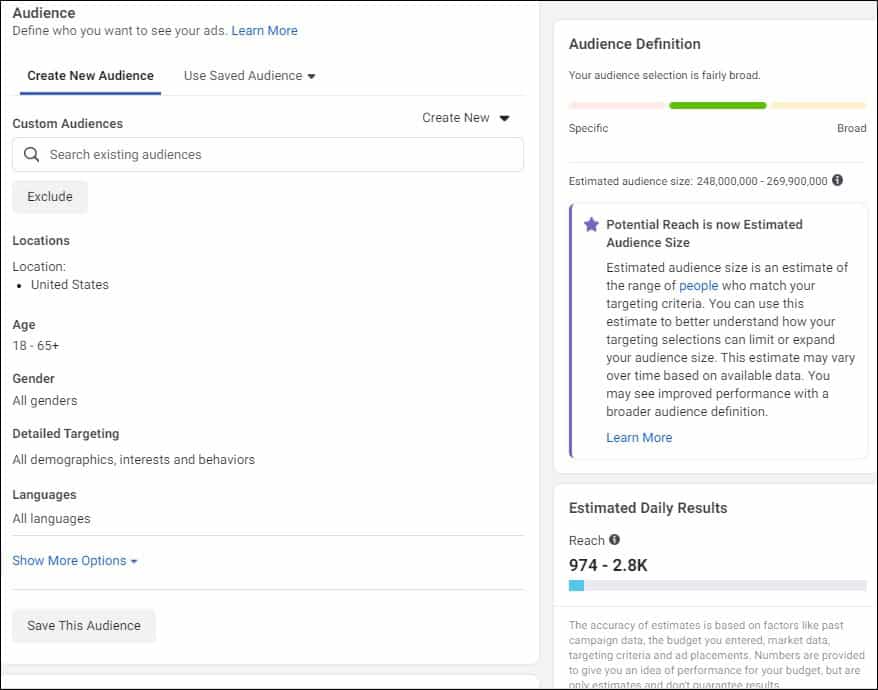
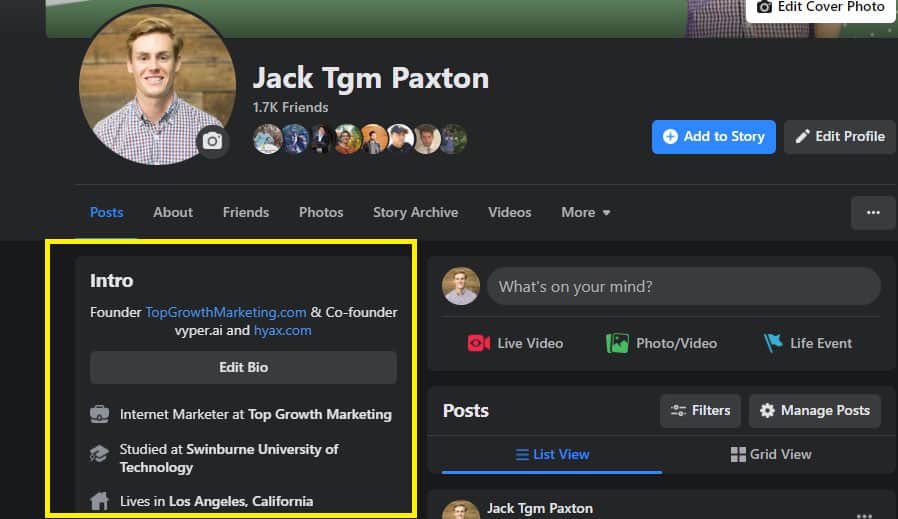
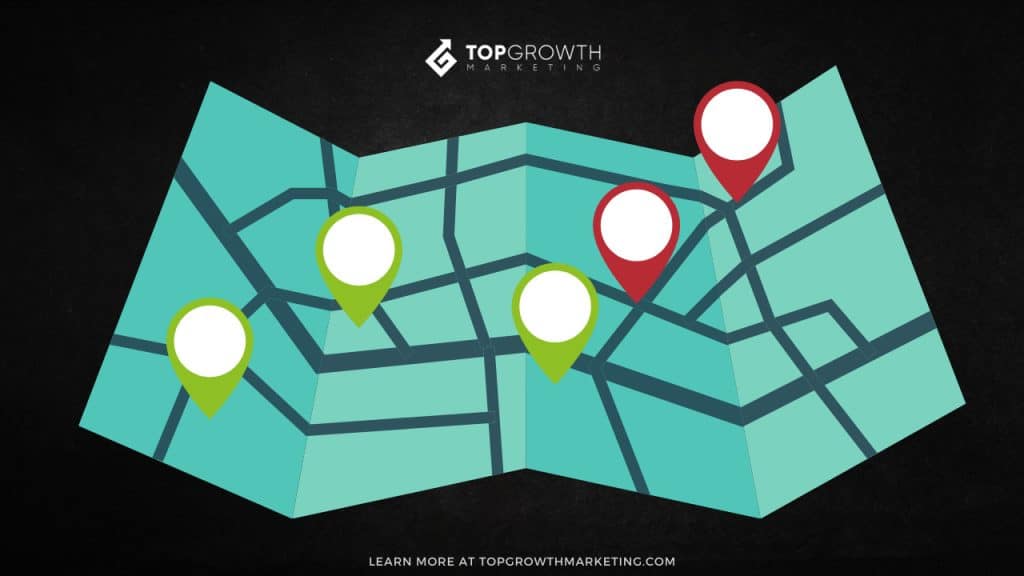

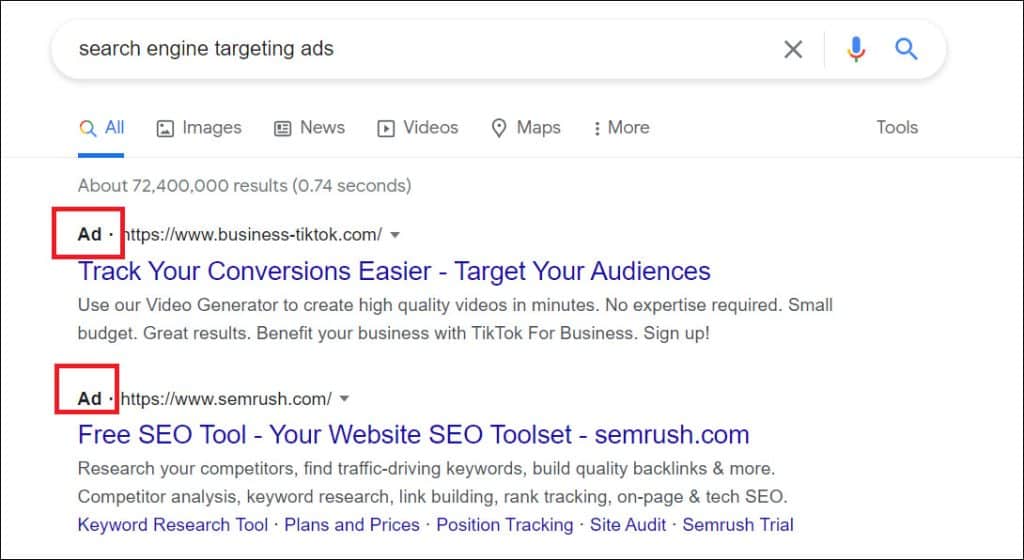
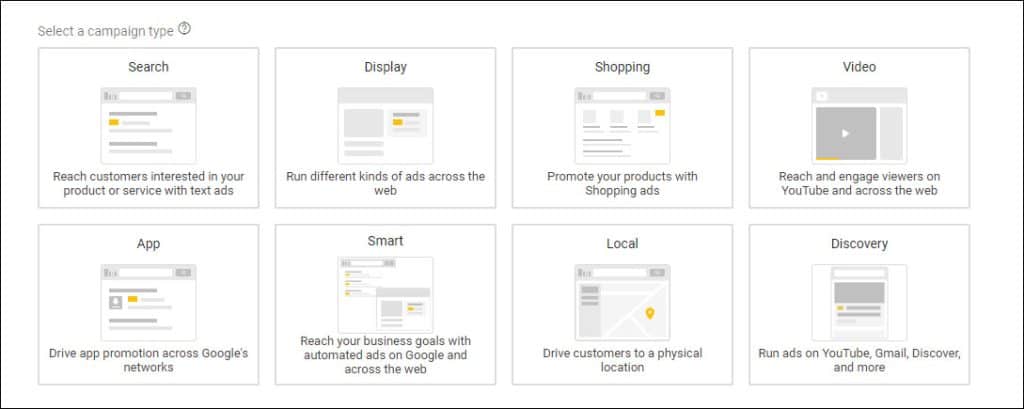


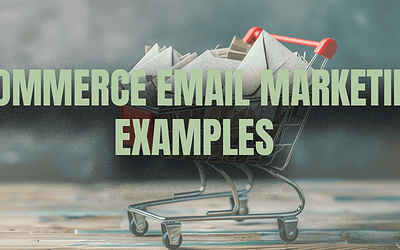
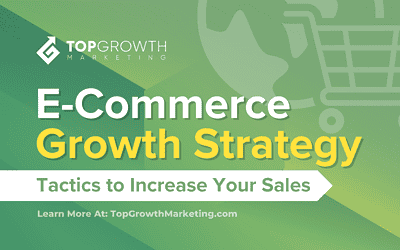
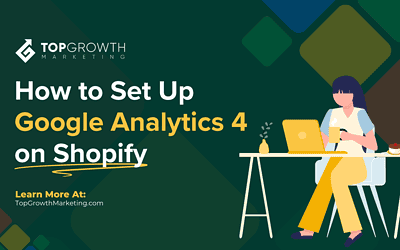
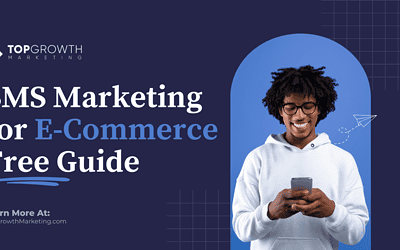
I just opened up a new restaurant and I want to use digital marketing tools to promote it. Its interesting when you said that targeted advertising relies on data tracking and online behavior. I would need to speak to a professional to help me choose what digital marketing strategy would be the best for my business. Thanks for the article on targeted advertising.